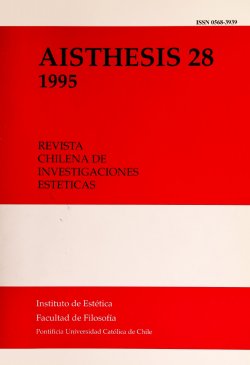La "Casa Cristiana" de los Primeros Siglos: ¿Un Modelo de Arquitectura para el Catolicismo Latinoamericano actual?
Main Article Content
Abstract
Basilical churches are usual ly considered the most representative expression of paleo-christian art. This is only applicable to Western christendom since the Edict of Milan, and it is a direct consequence of the influence of the architectural programme of Constantine. It is possible to demonstrate that there was a tendency to reject the concept of the temple in many early christian groups. Alongside this tendency, a metaphor that considered the temple as a spiritual construction was developed: the communnity itself constituted the temple. These early christians, held on to the tradition of celebrating the Eucharist in private homes called Christian houses. These have been recently registered by archeological studies. This trend coincides with the La tinamerican spirituality of post Vatican II and Puebla, a spirituality that stresses the family as the Domestic Church. This entails a simplified and more intimate form of evangelisation in which the indigenous dwelling can turn into a Christian house as that of the early years of Christianity. The primitiva Church has left usa quiet and attractive legacy with a tremendous inspiring force.
Downloads
Article Details

This work is licensed under a Creative Commons Attribution-NonCommercial-ShareAlike 4.0 International License.
All contents of this electronic edition are distributed under the Creative Commons license of "Attribución-shareAlike 4.0 Internacional" (CC-BY-SA). Any total or partial reproduction of the material must mention its origin.
The rights of academic works published in this publication belong to their authors., who grant to AISTHESIS: Revista Chilena de Investigaciones Estéticas the license for its use. The management of the permits and the authorization of the publication of the images (or of any material) that contains copyright and its consequent rights of reproduction in this publication is the sole responsibility of the authors of the articles
